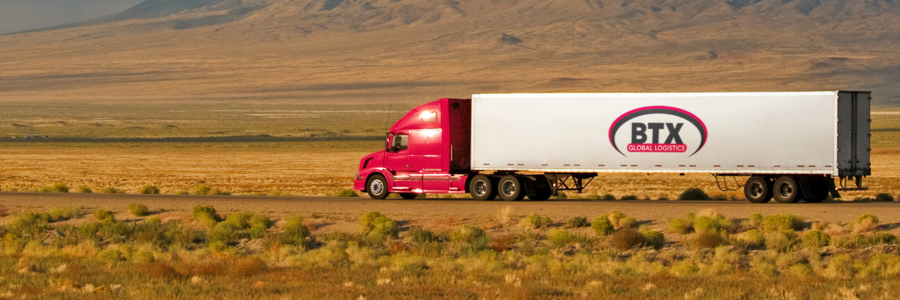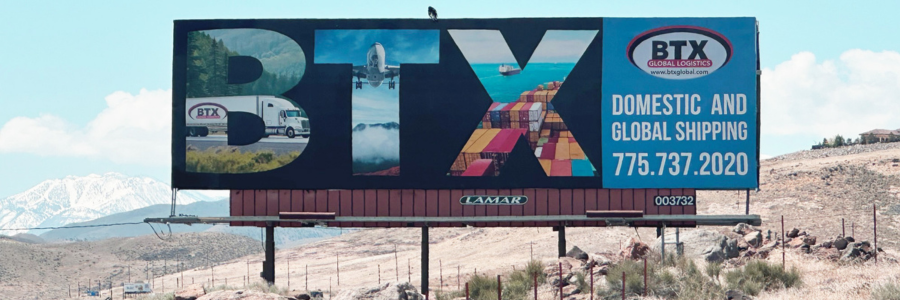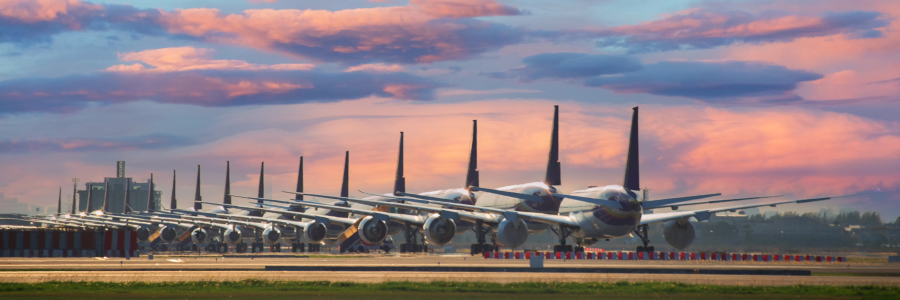Source: The Washington Post
A National Transportation Safety Board (NTSB) preliminary report provides the first detailed examination of what went wrong as the cargo ship, Dali, lost power, veered off course and slammed into the Francis Scott Key Bridge in Baltimore, MD last March. It lays out a comprehensive timeline of the events leading up to and immediately after the crash, describing in technical terms a rapid-fire series of problems before the Dali struck the bridge.
The NTSB’s findings suggest the ship had issues with its electrical equipment — though the agency did not indicate whether its investigators thought crew members or the ship’s owners had done anything wrong that led to the bridge strike.
The day before the disaster, as the Dali prepared to leave the Port of Baltimore for a voyage to Sri Lanka, the ship lost power twice. Officials wrote that a mistake by a crew member working on part of a diesel engine caused an initial “in-port blackout.” A second blackout in port “was related to insufficient fuel pressure,”. The NTSB is still investigating the electrical configuration following the first in-port blackout and potential impacts on the events during the accident voyage.
Timeline of Critical Events
On March 26 just after midnight, an Association of Maryland Pilots senior pilot and an apprentice pilot boarded the Dali. As part of standard procedure, the senior pilot asked the Dali’s captain about the ship’s condition. The captain said the vessel was in “working order”.
Two tugboats pulled the Dali away from the dock and guided it out of port. About 30 minutes later, the pilot ordered the tugs to pull away, per protocol. Within about 15 minutes, when the Dali was roughly half a mile from the Key Bridge, two electrical breakers that feed most of the ship’s equipment tripped “unexpectedly,” knocking out power. The outage cut power to a series of vital pumps, automatically shutting down the ship’s main engine.
The Dali’s crew members were able to restore power. They called for tug boats to help, and a senior pilot ordered an anchor dropped. Then, came the second blackout on the day of the crash. A warning call went out. But soon after, the Dali hit the bridge while traveling at 6.5 knots.
The Mechanics
The NTSB said the Dali’s initial power outage stopped the vessel’s steering pumps, leaving the rudder “unable to be moved” for a period of time. Its experts are still investigating when an emergency generator started up, which would have been able to power an emergency steering pump, allowing the rudder to move again. But “without the propeller turning, the rudder would have been less effective,” the NTSB said.
Investigators said NTSB officials are working with the Maryland Transportation Authority to study short and long-term upgrades to the protection systems for the Bay Bridge near Annapolis.
Investigators said that they plan to continue probing “oceangoing vessels’ propulsion and electrical systems; the frequency and causes of vessel contacts with bridges over navigable waters; and bridge-strike mitigation measures such as a combination of vessel-size restrictions, vessel-assist tugs, and bridge-pier protection.”
To read the full NTSB article, click here.
BTX Global Logistics is a full-service shipping and logistics organization known for providing reliable, flexible solutions to its customers. BTX's services include sea freight, customs brokerage, retail logistics services, expedited shipping, air freight, ground freight, white glove, trade show, ecommerce, fulfillment, and more.















.png)
